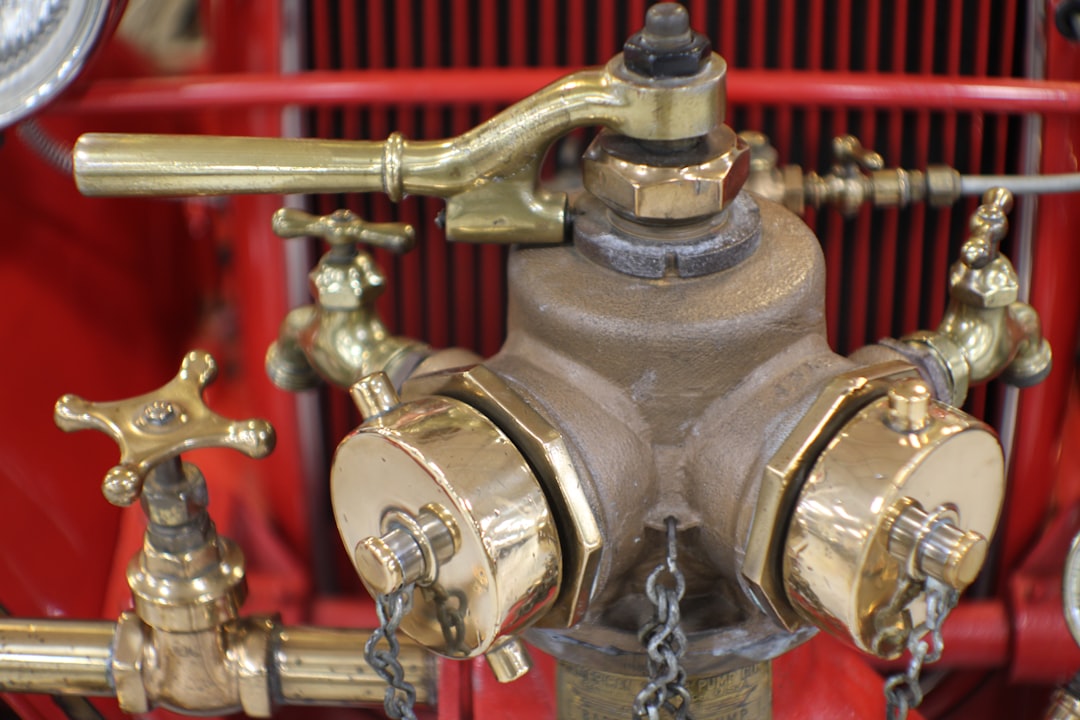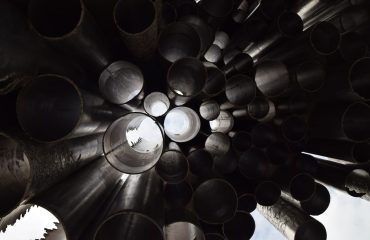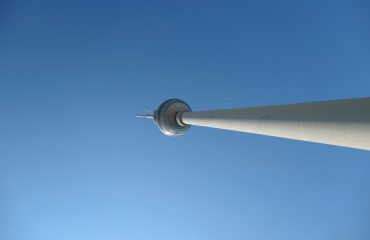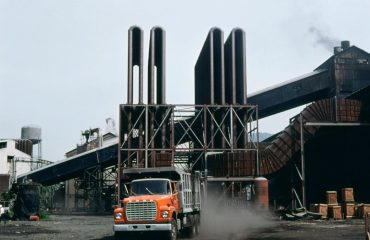The American Petroleum Institute (API) 5L standard is a globally recognized specification for line pipe used in the oil and gas industry. Understanding this standard is crucial for anyone involved in the design, construction, or maintenance of pipelines. This comprehensive guide will delve into the intricacies of API 5L, breaking down its key components and providing a clear understanding of its importance.
Understanding API 5L Specifications
API 5L covers seamless and welded line pipes intended for high-pressure applications, primarily in the transportation of crude oil, natural gas, and refined petroleum products. The standard details the requirements for manufacturing, testing, and inspection of these pipes to ensure their structural integrity and resistance to various environmental factors. It’s not just about the material; it encompasses the entire manufacturing process, ensuring quality control at every stage.
The specification outlines various grades of steel, each with different yield strengths and mechanical properties, allowing for selection based on the specific operating conditions of the pipeline. These grades are denoted by a letter followed by a number (e.g., X42, X52, X65, X70, and beyond), representing the minimum yield strength in ksi (kilopounds per square inch). Higher numbers indicate higher strength and thus suitability for higher-pressure applications.
API 5L Pipe Grades: Choosing the Right Steel
The choice of API 5L pipe grade is critical for ensuring pipeline safety and longevity. Factors such as operating pressure, temperature, soil conditions, and the transported fluid all influence the selection process. Lower-grade pipes, like X42 and X52, are suitable for lower-pressure applications, while higher-grade pipes such as X65, X70, and even X100 are necessary for high-pressure, long-distance pipelines or those operating in harsh environments.
The API 5L standard categorizes pipes based on their intended use and manufacturing process. Seamless pipes are typically more expensive but offer superior strength and resistance to certain types of stress. Welded pipes, while potentially more cost-effective, require stringent quality control during the welding process to ensure the weld joint’s integrity.
The Significance of Product Standard Levels (PSLs)
API 5L introduces the concept of Product Standard Levels (PSLs) to further categorize line pipes based on their required testing and inspection rigor. PSLs define the level of quality control and testing necessary to meet specific performance requirements. PSL1 represents a standard level of testing and inspection, while PSL2 mandates more stringent testing and inspection procedures, including additional mechanical tests and enhanced non-destructive examination (NDE) techniques like ultrasonic testing (UT).
The choice between PSL1 and PSL2 depends on the criticality of the pipeline application. For pipelines transporting hazardous materials or operating under extreme conditions, PSL2 is usually preferred to minimize risks.
Testing and Inspection Procedures in API 5L
API 5L mandates a comprehensive range of testing and inspection procedures to ensure the quality and integrity of the line pipes. These tests include:
- Chemical Composition Analysis: To verify the steel’s chemical makeup meets the specified requirements.
- Tensile Testing: To determine the yield strength, tensile strength, and elongation of the pipe material.
- Bend Testing: To assess the pipe’s ductility and resistance to deformation.
- Hydrostatic Testing: To verify the pipe’s ability to withstand internal pressure without failure.
- Non-Destructive Examination (NDE): Techniques like ultrasonic testing (UT) and radiographic testing (RT) are used to detect internal flaws or defects in the pipe material.
- Dimensional Inspection: To ensure the pipe conforms to the specified dimensions and tolerances.
The specific tests required depend on the chosen PSL and the pipe grade.
Applications of API 5L Line Pipes
API 5L line pipes find widespread application in various sectors, primarily within the oil and gas industry. They are the backbone of:
- Crude Oil Pipelines: Transporting crude oil from production sites to refineries.
- Natural Gas Pipelines: Transporting natural gas from production fields to distribution centers.
- Refined Products Pipelines: Transporting refined petroleum products like gasoline, diesel, and jet fuel.
- Water Pipelines (in certain cases): Transporting water in specific industrial applications.
The selection of the appropriate API 5L pipe grade is crucial for ensuring the safe and reliable operation of these pipelines, considering factors like pressure, temperature, and environmental conditions.
Understanding the API 5L standard is essential for anyone working with or specifying line pipes. This comprehensive guide provides a solid foundation for navigating the complexities of this crucial specification. By understanding the various grades, PSLs, testing procedures, and applications, you can ensure the selection and use of appropriate line pipes for your specific project, prioritizing safety and operational efficiency.
SEO-Friendly Tags:
API 5L, Line Pipe, Pipeline Standards, PSL1, PSL2, API 5L Grades




